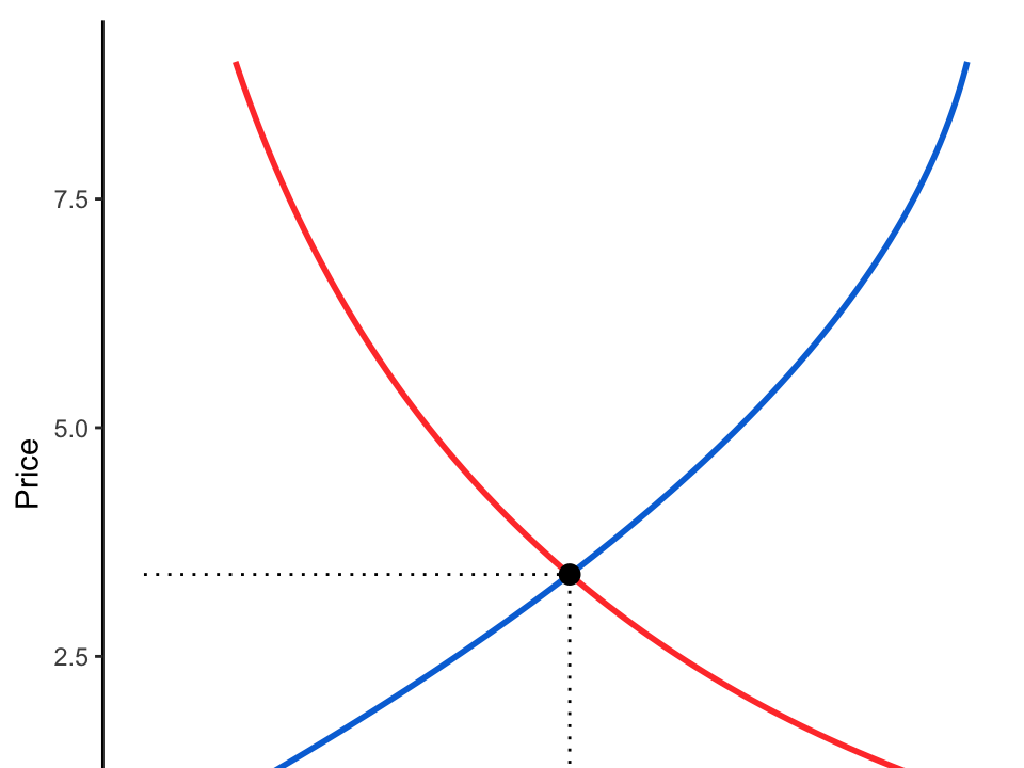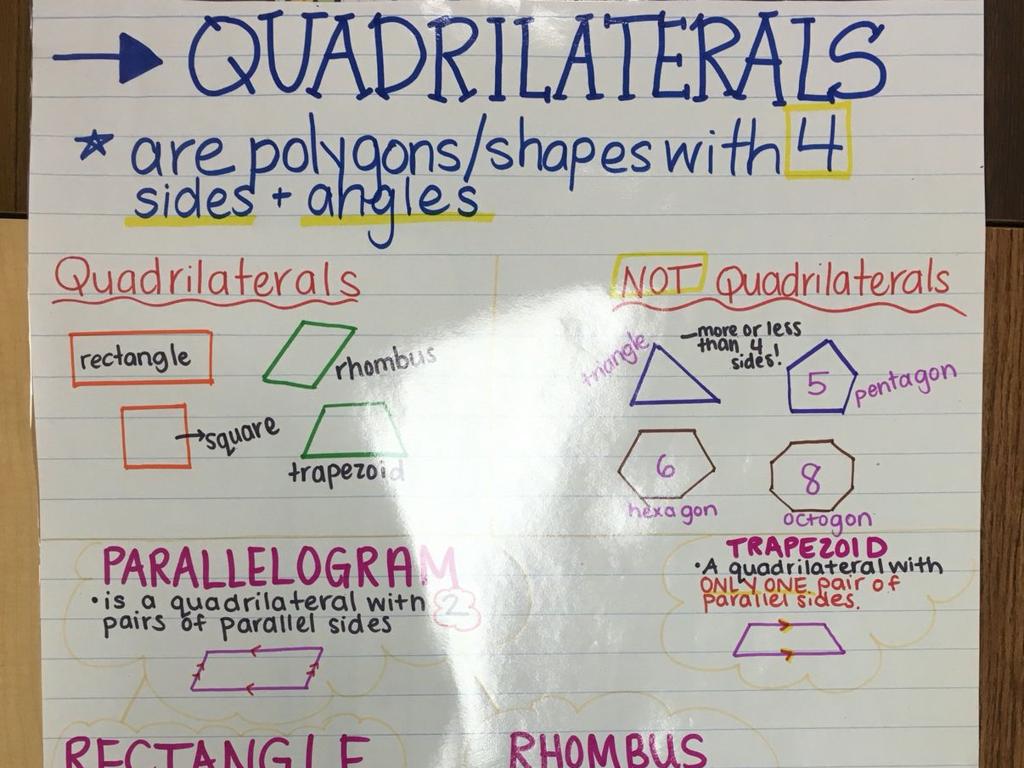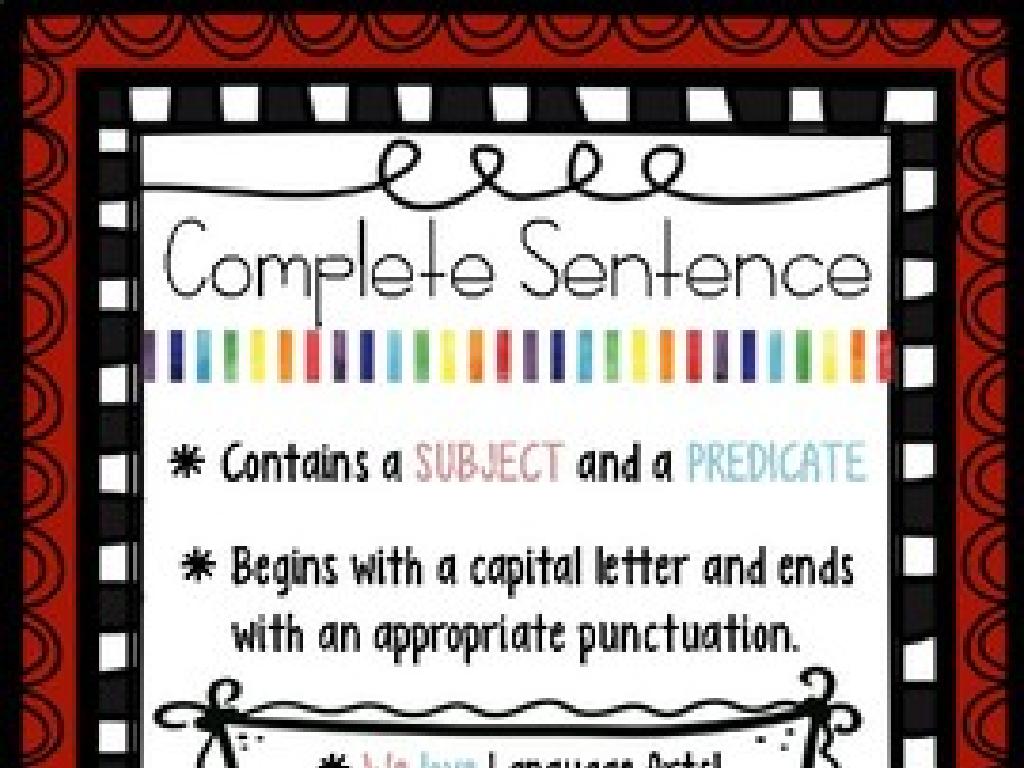Identify Sensory Details
Subject: Language arts
Grade: Seventh grade
Topic: Literary Devices
Please LOG IN to download the presentation. Access is available to registered users only.
View More Content
Exploring Sensory Details in Literature
– Sensory details create vivid imagery
– Writers use sensory language to evoke the five senses and create a vivid picture.
– Engage the five senses
– Sight, sound, smell, touch, taste – how do these details help you ‘see’ the story?
– Enhance reader’s experience
– Sensory details draw readers into the world of the text, making it more immersive.
– Examples in popular literature
– ‘The cinnamon scent of the bakery’, ‘the rough texture of the brick wall’ – these phrases use sensory details.
|
This slide introduces the concept of sensory details as a literary device. Sensory details are elements of language that relate to the five senses and are used by writers to create a rich, vivid experience for the reader. By incorporating words and phrases that evoke sight, sound, smell, touch, and taste, authors can paint a more detailed picture in the reader’s mind, making the scene or character come alive. Discuss how sensory details can enhance the emotional connection and overall engagement with a text. Provide examples from well-known literature and encourage students to find and share their own examples. This will help them understand the importance of sensory details in their own writing and reading comprehension.
Exploring Sensory Details in Literature
– Define sensory details
– Descriptions that appeal to our senses
– Engage the five senses
– Sight, sound, smell, touch, taste
– Everyday life examples
– The warmth of the sun, the chirping of birds
– Enhance reading experience
|
Sensory details are elements of description that can involve any of the five senses to engage a reader’s interest and draw them into the text. By using sensory details, writers can create a vivid picture in the reader’s mind, making the scene more realistic and immersive. For example, describing the warmth of the sun on one’s skin or the sound of birds chirping early in the morning can transport the reader to that moment. In class, we’ll explore how sensory details enhance our reading experience and discuss examples from literature and everyday life. Encourage students to think of their own examples and how these details affect their perception of a story.
Exploring Sensory Details in Literature
– Identify sensory details in stories
– Look for descriptions involving the five senses
– Discuss enhancement of experience
– Sensory details make stories vivid and immersive
– Understand ‘show vs. tell’
– ‘Telling’ states facts, ‘showing’ creates an image
– Analyze examples from literature
– Examine how authors use sensory language
|
This slide aims to help students recognize and appreciate the use of sensory details in literature. By identifying these details in familiar stories or poems, students can see how authors paint a picture in the reader’s mind, making the experience more engaging and memorable. Discuss the concept of ‘show, don’t tell’ in writing, where ‘showing’ allows the reader to experience the story through actions, senses, feelings, and thoughts rather than through the author’s exposition. Provide examples from well-known literature where sensory details are effectively used to enhance storytelling. Encourage students to share their favorite descriptive passages and explain how these make them feel more connected to the material.
Exercise: Engaging Your Senses in Memories
– Recall a personal memory
– Describe it using the five senses
– What did you see, hear, smell, taste, and touch?
– Reflect on each sense’s contribution
– How do these details enhance the memory?
– Understand sensory details’ impact
– Sensory details make narratives vivid and immersive.
|
This slide introduces an exercise aimed at helping students understand the importance of sensory details in writing. By recalling a personal memory and describing it through the lens of their five senses, students will learn how each sensory detail contributes to the richness of the narrative. Encourage them to be as descriptive as possible, and to think about how each sense made the memory more memorable. Discuss how sensory details can turn a simple story into a powerful and engaging personal narrative. In the next class, students can share their experiences and discuss how sensory details added depth to their memories.
Crafting Your Own Sensory Details
– Tips for vivid descriptions
– Use strong adjectives and active verbs to paint a picture
– Use metaphors and similes
– Compare sensations to familiar experiences for impact
– Practice descriptive writing
– Write a paragraph about a scene, focusing on sensory details
– Engage all five senses
– Describe sight, sound, smell, touch, and taste in your writing
|
This slide aims to guide students in using sensory details to enhance their descriptive writing. Encourage them to use vivid language and strong verbs to create a clear image in the reader’s mind. Metaphors and similes are powerful tools to relate sensory experiences to common ones, making the description more relatable and impactful. For practice, students should write a paragraph describing any scene, such as a beach or a busy street, using sensory details. Remind them to include all five senses to fully immerse the reader in the scene. This exercise will help them understand the importance of sensory details in bringing their writing to life.
Class Activity: Sensory Detail Hunt
– Find sensory details in text
– Look for descriptions that appeal to the senses
– Work in pairs for discussion
– Share and explain your findings with a classmate
– Compare findings with your partner
– How are your details similar or different?
– Discuss the impact in class
– Why do these details matter in the story?
|
This activity is designed to enhance students’ understanding of sensory details in literature. Provide a selected text for the students to read. Instruct them to highlight or list down phrases that vividly describe scenes using the five senses. Students should then pair up to discuss their findings, focusing on how these details contribute to the imagery and mood of the text. Afterward, lead a class discussion to reflect on how sensory details enhance the reader’s experience and understanding of the story. Encourage students to think about how these details make them feel and why authors might choose to include them. This will help students to appreciate the role of sensory details in bringing literature to life.
Wrapping Up: Sensory Details & Homework
– Recap: What are sensory details?
– Sensory details involve the five senses to paint a vivid picture.
– Why sensory details matter
– They enrich narratives, making experiences more immersive.
– Homework: Descriptive writing task
– Write about a place you love, using sensory details to describe it.
– Tip: Use vivid language
– Engage the senses to make your reader feel present in the story.
|
As we conclude, remind students that sensory details are used to evoke the five senses and make writing come alive. Emphasize their importance in creating a strong mental image and emotional connection for the reader. For homework, students should write a short descriptive piece about a place they love, focusing on incorporating sensory details to bring the place to life. Encourage them to use vivid language that appeals to sight, sound, touch, taste, and smell. This exercise will help them practice showing rather than telling in their writing. In the next class, be prepared to discuss some of the students’ work and highlight excellent examples of sensory details.






